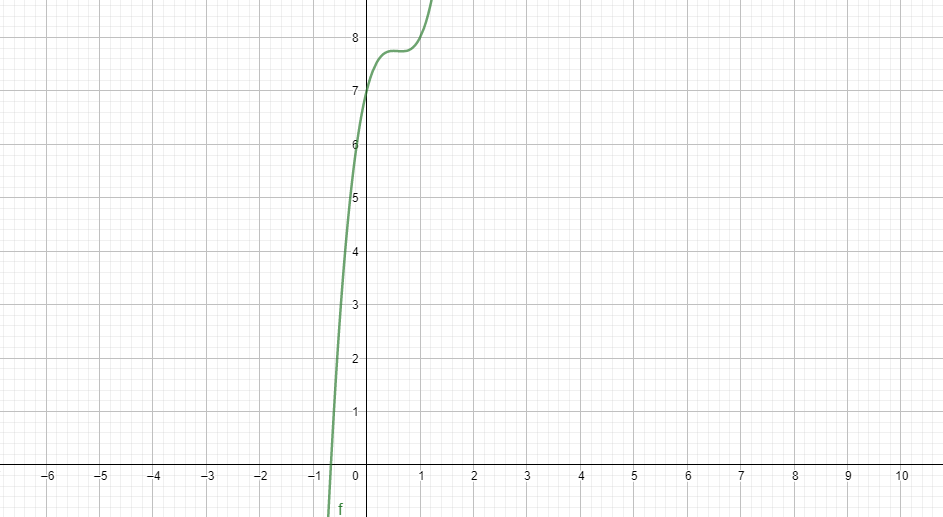
Find the value of $P(2)$ where $P(x) = 4{x^3} - 7{x^2} + 4x + 7$.
Answer
574.8k+ views
Hint: First we will understand the polynomial and what does it consist of.
Then by substituting the value of x we will get the value required answer i.e. $P(2)$.
Complete step by step solution: Given data: $P(x) = 4{x^3} - 7{x^2} + 4x + 7$
A polynomial is a mathematical expression of one or more algebraic terms each of which consists of a constant multiplied by one or more variables having non-negative integral exponents.
And the single term polynomial is known as monomial or we can say that a polynomial is a summation of multiple monomials of different exponents of variables.
Either a monomial or a polynomial is always a continuous function and is always defined in R or we can say that either a monomial or a polynomial is defined for each value of x in real number.
We can find the value of the polynomial at any value of ‘x’ by substituting x with that value
Therefore substituting $x = 2$
$ \Rightarrow P(2) = 4{(2)^3} - 7{(2)^2} + 4(2) + 7$
Simplifying the cube and the square
$ \Rightarrow P(2) = 4(8) - 7(4) + 8 + 7$
$ \Rightarrow P(2) = 32 - 28 + 8 + 7$
Now, adding the terms
$ \Rightarrow P(2) = 19$
Note: We can also plot the graph of any polynomial by plotting the polynomial function in the y-axis
Where the graph of the given polynomial function will be

Then by substituting the value of x we will get the value required answer i.e. $P(2)$.
Complete step by step solution: Given data: $P(x) = 4{x^3} - 7{x^2} + 4x + 7$
A polynomial is a mathematical expression of one or more algebraic terms each of which consists of a constant multiplied by one or more variables having non-negative integral exponents.
And the single term polynomial is known as monomial or we can say that a polynomial is a summation of multiple monomials of different exponents of variables.
Either a monomial or a polynomial is always a continuous function and is always defined in R or we can say that either a monomial or a polynomial is defined for each value of x in real number.
We can find the value of the polynomial at any value of ‘x’ by substituting x with that value
Therefore substituting $x = 2$
$ \Rightarrow P(2) = 4{(2)^3} - 7{(2)^2} + 4(2) + 7$
Simplifying the cube and the square
$ \Rightarrow P(2) = 4(8) - 7(4) + 8 + 7$
$ \Rightarrow P(2) = 32 - 28 + 8 + 7$
Now, adding the terms
$ \Rightarrow P(2) = 19$
Note: We can also plot the graph of any polynomial by plotting the polynomial function in the y-axis
Where the graph of the given polynomial function will be

Recently Updated Pages
Master Class 8 Maths: Engaging Questions & Answers for Success

Class 8 Question and Answer - Your Ultimate Solutions Guide

Master Class 7 Maths: Engaging Questions & Answers for Success

Class 7 Question and Answer - Your Ultimate Solutions Guide

Master Class 6 Maths: Engaging Questions & Answers for Success

Class 6 Question and Answer - Your Ultimate Solutions Guide

Trending doubts
What is meant by exothermic and endothermic reactions class 11 chemistry CBSE

Which animal has three hearts class 11 biology CBSE

10 examples of friction in our daily life

One Metric ton is equal to kg A 10000 B 1000 C 100 class 11 physics CBSE

1 Quintal is equal to a 110 kg b 10 kg c 100kg d 1000 class 11 physics CBSE

Difference Between Prokaryotic Cells and Eukaryotic Cells




